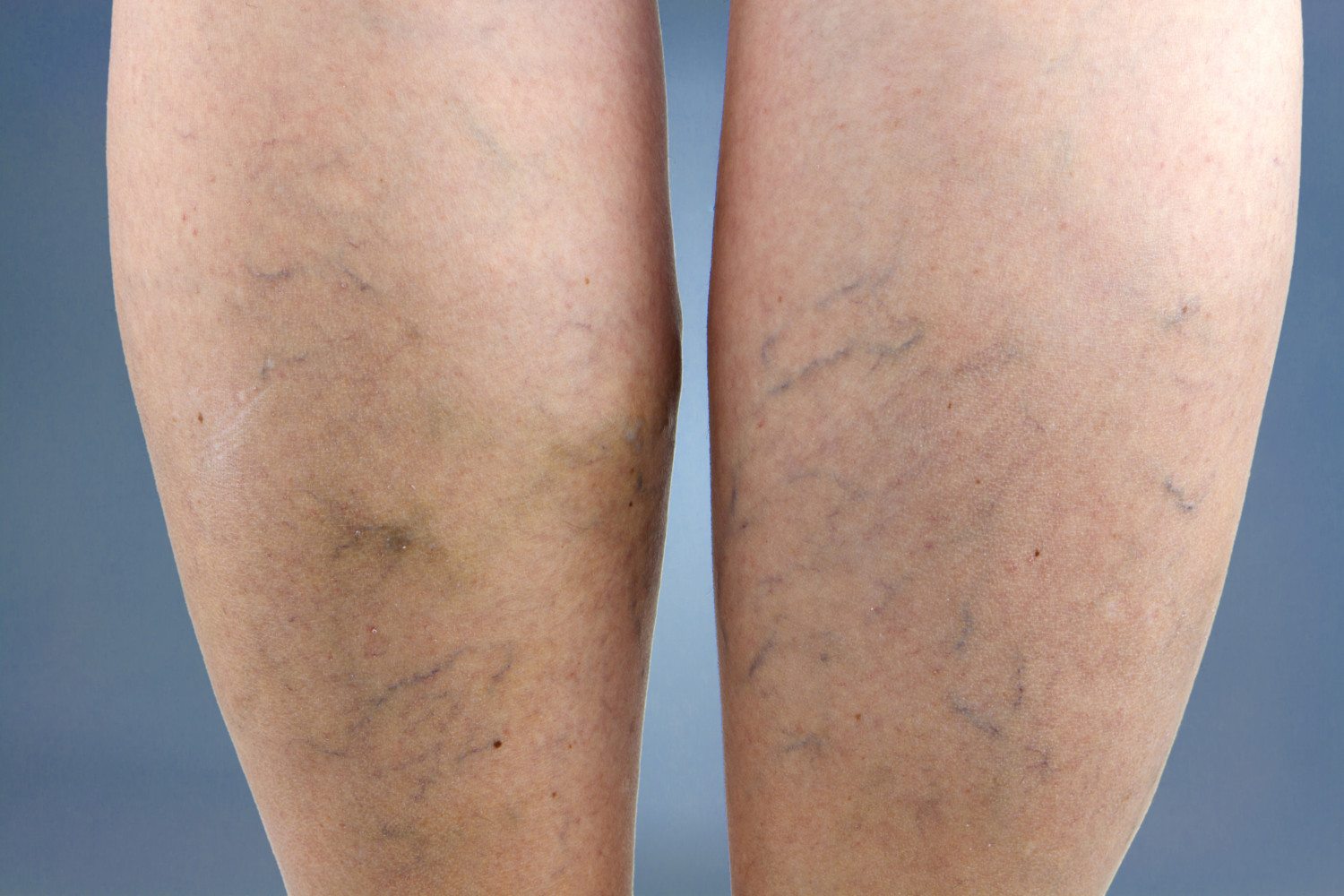Everything you need to know about varicose veins

If you’re plagued with varicose veins, you’re not alone. An estimated 30 to 60 percent of adults have these swollen blood vessels, and they’re particularly common in women.
You might feel concerned if you start noticing them on your own body. Where did they come from? Do you need to worry? How can you can prevent more from popping up? Luckily, we can answer all of that. Here’s everything you need to know about varicose veins.
What Are Varicose Veins?
Varicose veins are large, swollen, raised blood vessels that have become twisted, and which are visible through the skin. They are usually bluish-purple or red, and they can sometimes be painful. They most often affect the legs, but can appear elsewhere.
You may hate them because they don’t look flattering, but varicose veins can be more than just a cosmetic issue. They can cause an aching of the legs, swelling and discomfort, and may also be an indication of other potential health risks, such as blood clots or poor circulation.
Although they are often conflated, varicose veins are different than spider veins, which are smaller, thin blue or red blood vessels that can also be seen just beneath the skin. These tend to be more harmless, but can also be indicators of varicose vein formations.
What Causes Them?
Varicose veins are caused by weakened valves and veins in your legs, and there a number of different factors that can contribute to your likelihood of getting them. The first factor is genetics. Your risk of getting varicose veins is increased if you have a close family member who has them. The second is age. The older you get, the more your veins start to lose their elasticity and the valves stop working as well. The third is your weight. Overweight people tend to get more varicose veins, as being overweight puts more pressure on your veins.
How Can They Be Prevented And Treated?
You can’t prevent varicose veins entirely on your own, but there are a number of things you can do to reduce your risk, as well as prevent more from forming.
Some doctors recommend compression stockings, which can help improve blood flow, as well minimize swelling and pain. You should also keep your feet propped up when you’re sitting, and avoid long periods of standing. Also, maintain a healthy weight by eating well and exercising.
What about your already-existing varicose veins? Some people opt for Sclerotherapy, a procedure where a highly concentrated saline solution or detergent is injected directly into the vein. This inexpensive and simple procedure causes the veins to disappear over time. Other options include surgery, plus different types of laser treatments. Visiting a doctor can help you understand what treatment is best for you.
Although they are sometimes unseemly and bothersome, varicose veins aren’t cause for alarm. If you take the right lifestyle steps and opt for an appropriate treatment, you can take care of them without too many issues.

